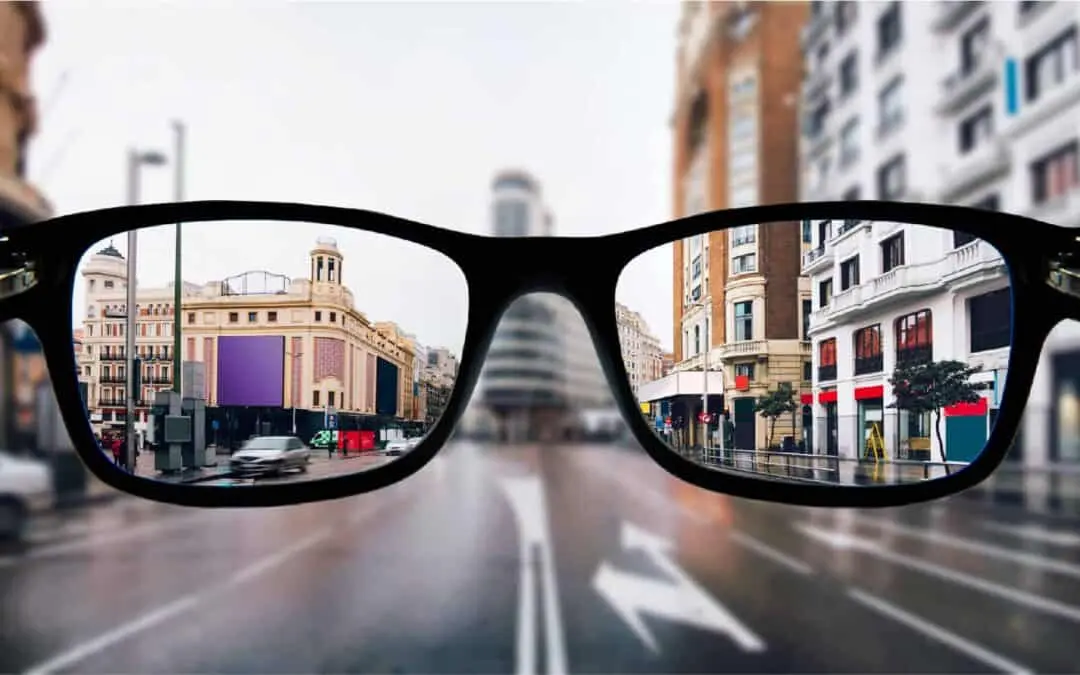
What is myopia, and how does it affect vision?
Myopia, commonly known as nearsightedness, is a refractive error of the eye where distant objects appear blurred while close objects can be seen clearly. This occurs because the eyeball is too long or the cornea is too curved, causing light rays to focus in front of the retina instead of directly on it. As a result, the images of distant objects are focused in front of the retina, leading to blurred vision when looking at objects in the distance.
Myopia affects vision by causing difficulty in seeing distant objects clearly, while close objects remain in focus. People with myopia may squint or strain their eyes to see distant objects clearly. They may also experience headaches or eye strain, especially after prolonged periods of focusing on distant objects.
Overall, myopia can significantly impact daily activities such as driving, watching TV, or participating in sports that require good distance vision. However, it can typically be corrected with glasses, contact lenses, or refractive surgery to help refocus light onto the retina and improve distance vision.
